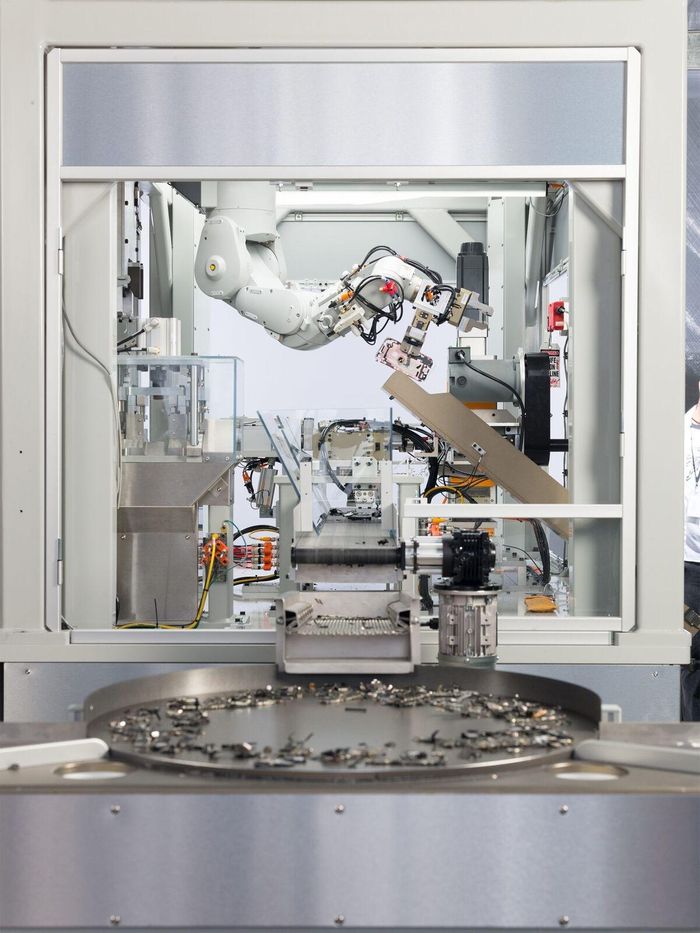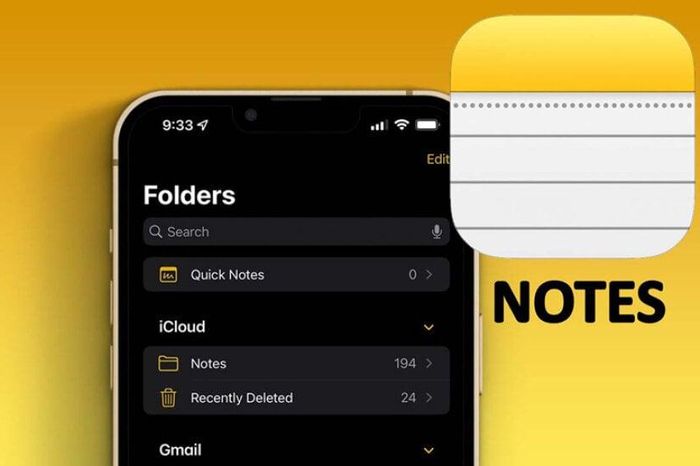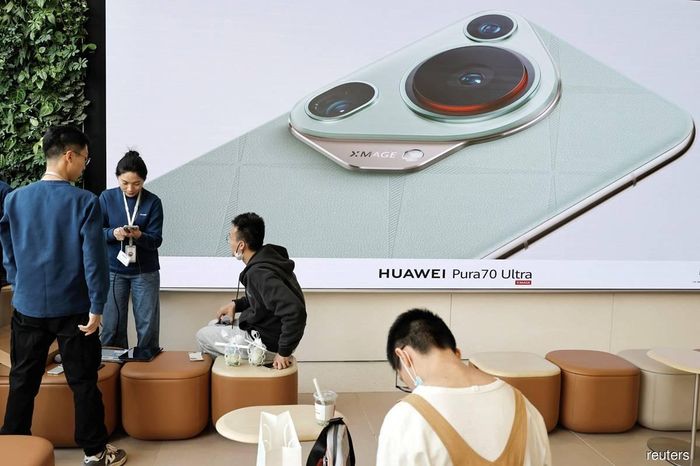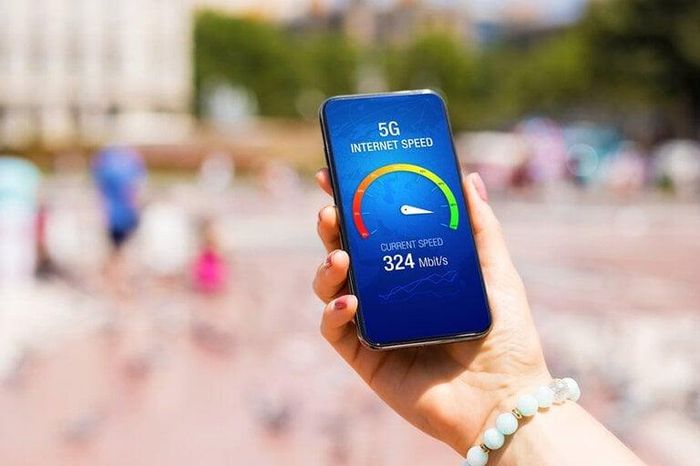The hidden corner behind the chain that crushes 250,000 iPhones every year
Only a very small number of workers at the recycling plant have access to the room called the 'Apple cage'.
Behind locked doors, past metal detectors and under surveillance cameras, a small group of employees at GEEP, an e-waste company north of Toronto, are sifting through boxes filled with discarded iPhones. used.
Manually prying each one off the table, GEEP workers took out the batteries and other parts and tossed them into a sorting bin.
Once quantities of material pile up in one of the bins, it is lifted into a larger area of the warehouse, before being dumped into large industrial machines capable of crushing the equipment into small pieces.
What does Apple do with users' old iPhones?
Even if the iPhones look good enough to resell, Apple's contract with GEEP explicitly requires that any products it sends out must be destroyed.

Apple's position is clear: Devices that are often discarded at Apple stores or collected through trade-in programs are better discarded than refurbished.
In fact, the number of devices that Apple has removed is huge. In the first few years of cooperation with GEEP, Apple sent about 530,000 iPhones, 25,000 iPads and 19,000 Apple Watches.
With GEEP, the iPhone manufacturer is also an extremely important and security-stringent customer, requiring that procedures be followed on how decomposable debris is stored and monitored.
"They scrutinize, dig deep and appraise activities. Apple is absolutely strict about its brand," a former senior director of GEEP revealed.
To prevent theft, Apple hires outside security consultants to escort trucks to GEEP's recycling facility. The entire unloading and shredding process is recorded by Apple's people.
There are many reasons electronics manufacturers and retailers pay to shred their goods. One of the reasons is that the company wants to remove unsold inventory from shelves to make room for new product generations.
In addition, used items have the potential to contain personal data that should be destroyed. Shredding also minimizes the risk that sought-after parts like camera modules, sensors or chipsets could fall into the wrong hands.
In 2023, the fraud ring led by Zhiwei Liao was sentenced to 51 months in prison. This group swapped more than 10,000 fake iPhones and iPads of Chinese origin, causing Apple a loss of 6.1 million USD
Specifically, the criminal group intentionally damaged these devices and then exchanged them for genuine goods at Apple Stores. After that, the gang brought the genuine goods back to China to sell for profit.
Turning scraps into old iPhones
However, Bloomberg 's special report shows that not all of them made it to the shredder.
Dispatched products are slowly disappearing from recycling facilities, even though no one at GEEP seems to notice or talk about it.
It's unclear exactly when Apple began noticing suspicious activity at GEEP.
In addition to tracking devices sent to recyclers, Apple also analyzes data reports that detail the destroyed weight and commodity yield.
If the percentage of precious metal mixture coming from a batch of iPhones is not the same, that could trigger a red flag in Cupertino.
In August 2017, Apple unexpectedly inspected GEEP. Auditors, reviewing company documents and interviewing employees, quickly realized that more equipment had been lost than could fit in workers' underwear.
Apple met with GEEP leaders to share the results of the investigation in January 2018.
The iPhone maker quickly accused GEEP of failing to recycle at least 99,975 items.
Mobile and other device identification information shows that iPhones that should have been crushed were reactivated by new users in China.
By 2020, Apple officially sued GEEP in an Ontario court for $22.6 million for breach of contract, alleging a 'carefully orchestrated scheme' in which recycling employees stole and transfer products to third parties.
GEEP admits Apple goods were misappropriated, but blames several 'rogue employees' including factory manager Roger Micks and two former colleagues, Ted Cooper and Steve White, for diverting nearly 100,000 devices Apple in exchange for kickbacks.
According to 9to5Mac , when the lawsuit first came to light in late 2020 by news outlet Logic, industry observers were stunned.
According to experts, the incident is proof that Apple is forcing a recycling partner to shred tens of thousands of iPhones that are still usable for refurbishment.
iFixit co-founder Kyle Wiens expressed mixed opinions when firmly demanding that Apple end contracts that require recycler partners to shred devices.
According to Wiens, this practice is illegal because even if the devices cannot be repaired, there are certainly parts inside that other refurbishers want to buy back.
'If consumers knew the amount of quality products destroyed every day, they would be shocked. I think the GEEP workers who stole and resold iPhones did a useful thing," Wiens said.
 Cheapest used iPhone price on the market: iPhone 11, iPhone 12 Pro Max, iPhone 13 Pro Max are the cheapest ever, the most surprising is the price
Cheapest used iPhone price on the market: iPhone 11, iPhone 12 Pro Max, iPhone 13 Pro Max are the cheapest ever, the most surprising is the price How to restore deleted notes on iPhone
How to restore deleted notes on iPhone Revealing a simple and easy way to keep your iPhone screen from turning off
Revealing a simple and easy way to keep your iPhone screen from turning off iPhone is about to stop being boring
iPhone is about to stop being boring Huawei 'attacked', Apple has more headaches in China
Huawei 'attacked', Apple has more headaches in China Simple ways to enhance network signal for iPhone
Simple ways to enhance network signal for iPhone